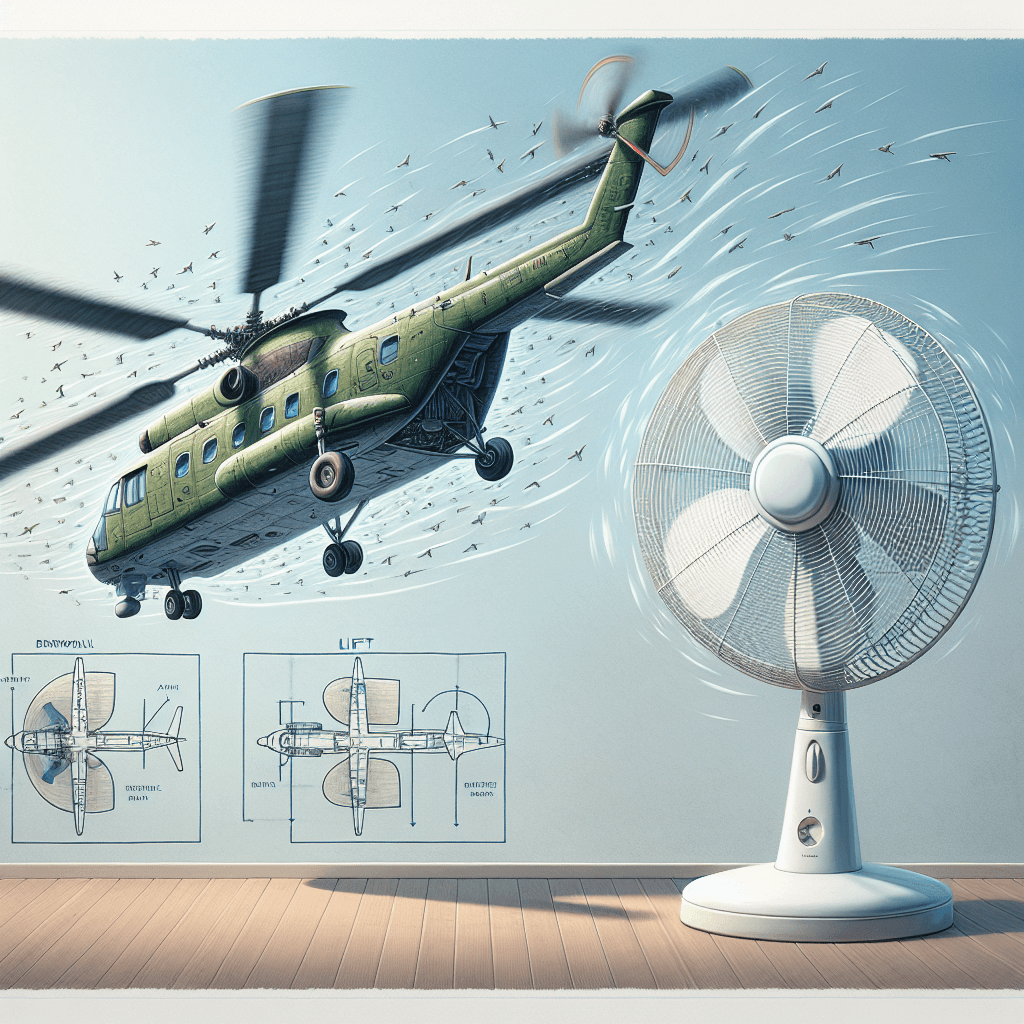Why do some pufferfish create intricate, beautiful sand circles on the ocean floor
Mistaken for underwater crop circles, these mesmerizing patterns are actually the work of a tiny artist on the most elaborate and romantic quest in the entire ocean.


Too Long; Didn't Read
TLDR: Male pufferfish build the intricate sand circles as nests to attract a mate. The quality of the design signals their fitness, and if a female is impressed, she lays her eggs in the center where the ridges protect them from currents.
Blog Post Title: Ocean's Crop Circles: Why Do Some Pufferfish Create Intricate, Beautiful Sand Circles on the Ocean Floor?
Introduction
For years, divers off the coast of Japan were baffled by a stunning mystery: intricate, geometric circles over six feet in diameter appearing on the sandy seafloor. Dubbed "mystery circles," their origin was unknown, sparking theories from unique water currents to extraterrestrial activity. The truth, however, was far more fascinating and artistic. The culprit was not an unknown force but a tiny, five-inch-long fish. These mesmerizing patterns are a testament to one of nature's most elaborate courtship rituals. This post delves into the world of the white-spotted pufferfish to uncover exactly why this small creature undertakes such a monumental task, revealing the beautiful science behind its underwater architecture.
The Artist Revealed: A Tiny Pufferfish with a Grand Design
The mystery of the sand circles was finally solved in 2011 when Japanese photographer and diver Yoji Okata captured the artist at work. The creator is a species of pufferfish previously unknown to science, now named the white-spotted pufferfish (Torquigener albomaculosus).
What makes this discovery so remarkable is the scale of the endeavor. The male pufferfish, measuring only about five inches long, constructs a circle that can be over six feet in diameter—more than 12 times his own body length. This isn't a quick project; the fish works tirelessly for over a week, 24 hours a day, using only his fins to plow, sculpt, and shape the sand into a masterpiece of ridges and valleys.
More Than Just Art: An Elaborate Nest for Love
So, why does this tiny fish go to such herculean lengths? The answer lies in the art of seduction and survival. The intricate sand circle is, in fact, an elaborate nest built by the male pufferfish for one primary purpose: to attract a mate.
This behavior is one of the most complex examples of nest-building in the animal kingdom. The female pufferfish are discerning critics. They swim by and inspect the male's architectural prowess. The quality of his creation is a direct advertisement of his fitness and genetic quality. A larger, more complex, and perfectly symmetrical circle signals to the female that this male is strong, diligent, and capable of creating a safe environment for her eggs. If she is impressed by his work, she will lay her eggs in the very center of the circle for him to fertilize.
The Functional Genius of the Design
While the sand circles are visually stunning, their design is a marvel of natural engineering. Every ridge and groove serves a critical function, ensuring the safety and viability of the future offspring.
- Buffering Currents: The outer ridges of the circle act as a buffer, disrupting the surrounding ocean currents. This creates a calmer area of water at the center of the nest, protecting the delicate eggs from being washed away.
- Funneling Fine Sand: According to scientific analysis of the structures, the intricate patterns of valleys and ridges are not random. They are expertly designed to funnel fine, soft sand particles toward the center of the circle. This creates a soft, nurturing bed for the eggs.
- Aesthetic Appeal: The male doesn’t stop at just the structure. He often completes his masterpiece by decorating the ridges with small shells and fragments of coral, adding a final artistic flourish to attract the female's eye.
Once the eggs are laid, the male's job is not over. He remains to guard the eggs for about a week until they hatch. Interestingly, the nest is a single-use creation. After the eggs hatch, the male abandons the circle, and the currents eventually wash it away. He will have to build a new one from scratch for his next courtship.
Conclusion
The beautiful sand circles of the white-spotted pufferfish are far more than a curious natural phenomenon. They represent a powerful intersection of art, engineering, and the fundamental drive to reproduce. What was once a deep-sea mystery is now understood as a testament to the incredible lengths an animal will go to ensure the continuation of its species. This tiny fish proves that dedication and artistry are potent forces in the natural world, reminding us that even in the deepest parts of the ocean, there are complex stories of love, labor, and survival being written in the sand.
More Articles

What was the original purpose of the fluffy pom-pom on a traditional sailor's hat?
That fluffy ball on a sailor's hat wasn't just a cute decoration; it was a surprisingly simple tool designed to save them from a serious, and very common, occupational hazard.

Why can a helicopter fly with blades spinning slower than a simple house fan?
It’s a mind-bending fact of physics: a helicopter’s massive blades spin slower than a simple house fan, yet they generate enough force to lift thousands of pounds. Uncover the incredible aerodynamic secret that makes this possible.

Why do some super cold drinks turn to slush the exact moment you open them?
It’s a bizarre and mesmerizing trick: a perfectly clear liquid that erupts into a frozen slush the exact moment you pop the top. Uncover the mind-bending physics that make this frosty magic happen.